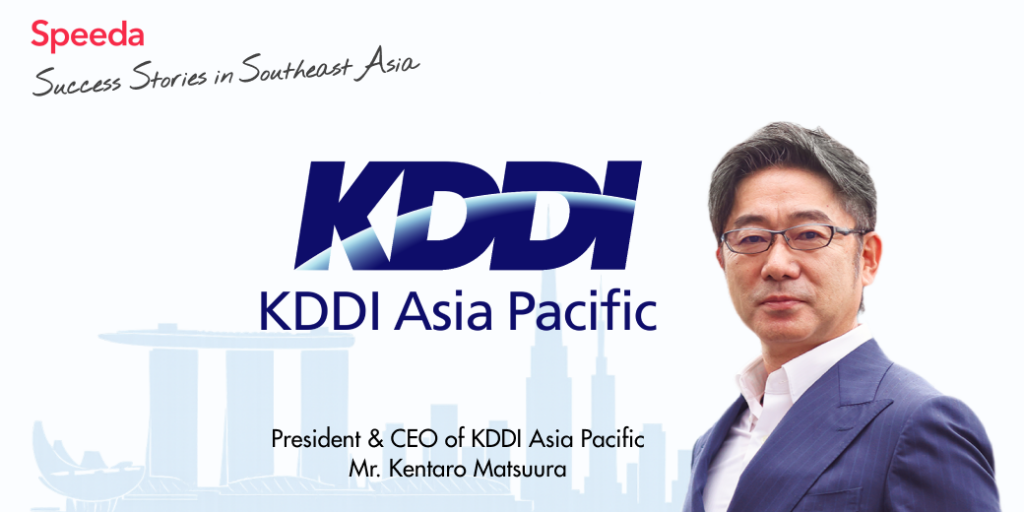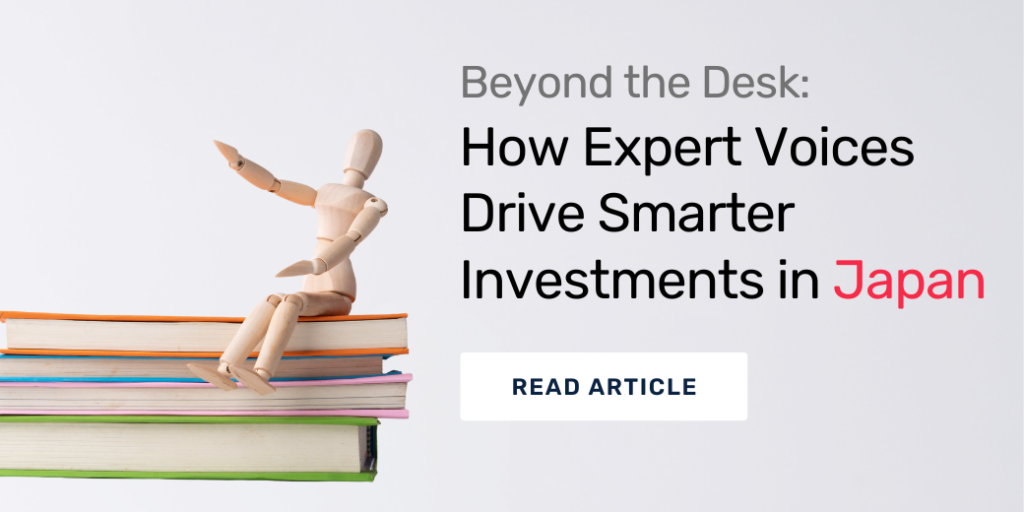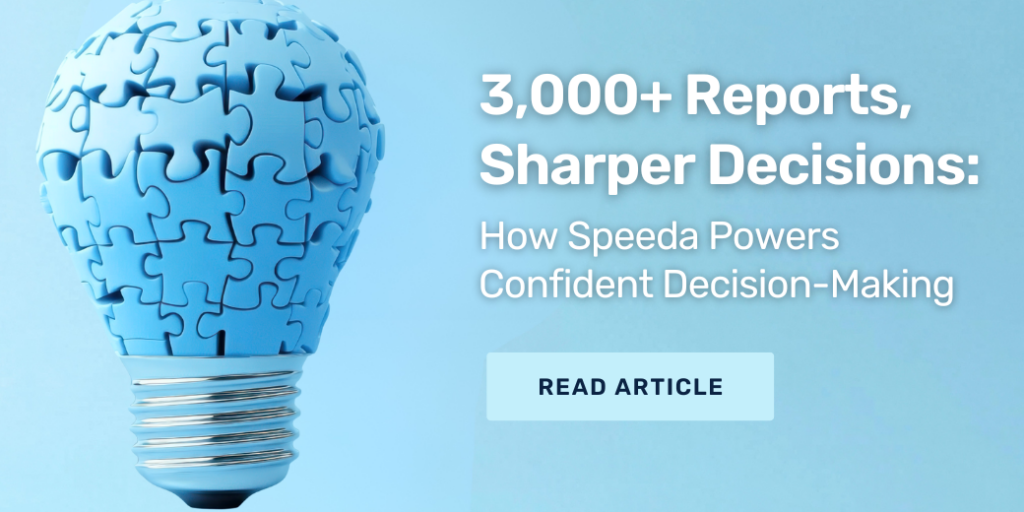Resource Center
How to Conduct Target Screening for PE Deals

Streamlining Target Screening for Southeast Asia’s PE Market
| Efficient Target Screening Is Vital in Today’s Investment Landscape
In private equity (PE), target screening refers to the process of identifying and narrowing down companies that fit a fund’s investment thesis. This crucial first step lays the groundwork for further due diligence and deal origination. It involves filtering large pools of private companies using structured criteria such as industry, geography, ownership structure, and financial performance.
In Southeast Asia, where private markets are rapidly evolving, effective target screening is even more critical. The region’s economic dynamism, fragmented data landscape, and diverse regulatory frameworks make it challenging for firms to identify suitable targets quickly. In such a competitive and time-sensitive environment, PE investors must balance speed with rigour to avoid missing high-potential deals.
| Screening Criteria Should Align With Investment Strategy
PE firms typically use a standard set of filters to conduct initial screening. These include revenue or EBITDA thresholds, industry focus (e.g. healthcare, consumer, tech), ownership type (founder-led, family-run, private), and geographic presence. Depending on the mandate, firms may also consider employee headcount, profitability margins, or growth rate.
However, screening criteria are not one-size-fits-all. Growth equity funds may prioritise rapidly scaling companies with solid topline momentum, while buyout funds focus on mature, cash-flow-generating firms with succession challenges. Impact investors may overlay ESG or social outcome metrics. A robust target screening process is flexible enough to adapt to these varying strategies while remaining efficient and repeatable.
| Manual Target Screening Is Tedious and Limits Scalability
The traditional screening process is often labour-intensive. Analysts rely on public registries — such as Singapore’s ACRA, Malaysia’s SSM e-info, Vietnam’s National Business Registration Portal and Thailand’s DBD, Investor reports, web searches, or networks to piece together data — most of which are either incomplete, outdated, or non-standardised. In Southeast Asia, these challenges are exacerbated by language barriers, inconsistent disclosure practices, and limited access to financials from private companies.
This fragmented process not only slows down decision-making but can lead to missed opportunities. When screening takes too long or yields too few high-quality targets, firms are left reactive rather than proactive. Moreover, inconsistent methodologies across teams can result in biased or unrepeatable selection outcomes — a risk when institutionalising the deal pipeline.
| A Structured Database Accelerates Screening at Scale
To overcome these limitations, many firms turn to comprehensive databases that centralise company, financial, and industry information. Speeda is one such platform designed for Southeast Asia’s unique market characteristics. It enables users to run complex screens on millions of private companies across ASEAN using a consistent framework.
PE firms can filter by revenue bands, ownership structure, sector classification, and regional presence — all within one interface. This allows investment teams to generate longlists that are directly aligned with their fund strategy, saving hours otherwise spent on manual research. Speeda also helps analysts track deal activity and industry shifts in real time, enriching screening with context that static data alone cannot provide.
| Speeda Combines Depth, Breadth, and Actionable Insights
If your team is still relying on fragmented data and manual processes, there’s a better way. Speeda helps PE investors streamline screening, reduce time to insight, and make confident decisions in complex markets like Southeast Asia. Speeda database carries over 11 million company profiles — including extensive private company data — along with 3,000+ in-house industry reports, expert insights, and M&A and fundraising records, Speeda empowers your team to identify and evaluate opportunities with speed and precision.
Reach out to us here to explore how Speeda can support your investment strategy.



























